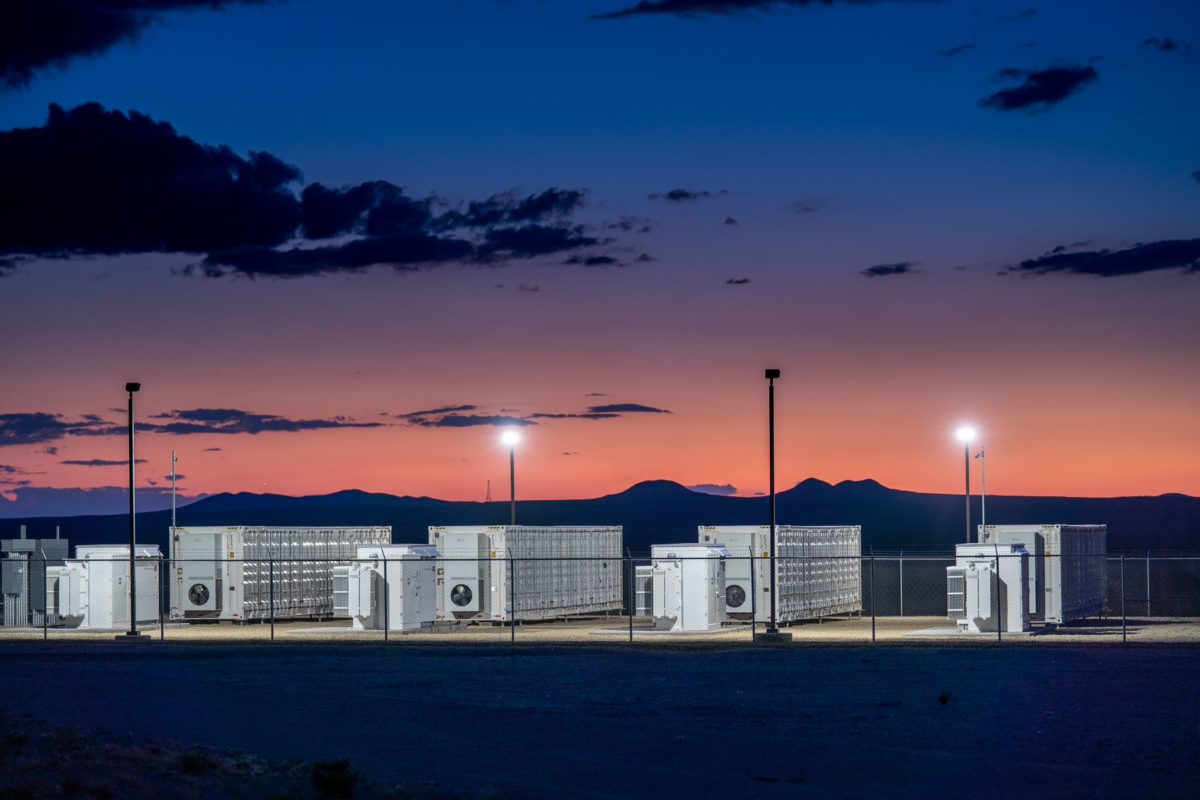Energy Vault and Jupiter Power announced the signing of two contracts whereby Energy Vault will supply equipment, engineering, procurement, construction, balance of plant services and the energy management software for two of Jupiter’s battery energy storage projects, one in Texas and the other in California.
For the Texas project, the Swiss company Energy Vault will supply a 100 MW (200 MWh) battery energy storage system at a Jupiter Power Facility, which will provide energy and ancillary services to ERCOT. For the California installation, Energy Vault will construct and commission a 10 MW (20 MWh) battery energy storage system for Jupiter Power in that will participate in the CAISO Resource Adequacy program.
The systems will use Energy Vault Solutions’ (EVS) proprietary integration platform and powered by EVS’ energy management software platform, which started development just nine months ago. The company reports that EVS leverages advanced software architecture and optimization algorithms and enables the integration and orchestration of multiple energy assets under a multitude of use cases.
“With today’s inaugural EVS-enabled battery energy storage projects announcement supporting a market leader in storage infrastructure and analytics like Jupiter, we are delivering on our comprehensive energy storage solutions strategy introduced just nine months ago,” said Marco Terruzzin, chief commercial officer, Energy Vault.
Jupiter currently has 654 MWh of battery energy storage projects in operation or commissioning in Texas and more than 11 GW of additional projects in development in several target markets from California to Maine. Flower Valley II is one of its Texas installations, and one of the largest energy storage projects in state, which began operations in April of this year. The 200MWh Flower Valley II installation is the second battery facility on the site, which together represent an investment of more than $70 million. The company had announced in the spring that it expected a total of more than 650MWh of dispatchable energy storage capacity to be operational before mid-summer in Texas.
“Jupiter is pleased to be working with Energy Vault to expand our existing battery energy storage portfolio with these two new projects,” said Michael Geier, chief Technology Officer of Jupiter Power. “As the largest developer and operator of battery energy storage projects on the ERCOT grid, we see a strong need to continue to execute innovative storage solutions to help relieve grid strain. We are also excited to be building our first project in California, where grid conditions continue to demonstrate a strong need for additional battery energy storage capacity.”
This content is protected by copyright and may not be reused. If you want to cooperate with us and would like to reuse some of our content, please contact: editors@pv-magazine.com.









Batteries are instant “ON” when there is either a failure of a normally operating generation system or when demand pops up before the “Peaker plants” can warm up and come online. This buffer can stop overloading of critical lines from plants further away as local generation starts up and can cover instantaneous demand needs when really large loads start up. Even if renewables were not in the mix, batteries will come in handy on really hot or really cold days, so utilities have that instantaneous reservoir of power.